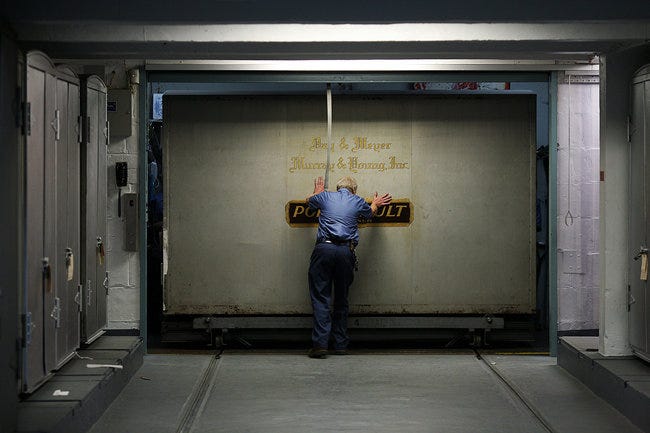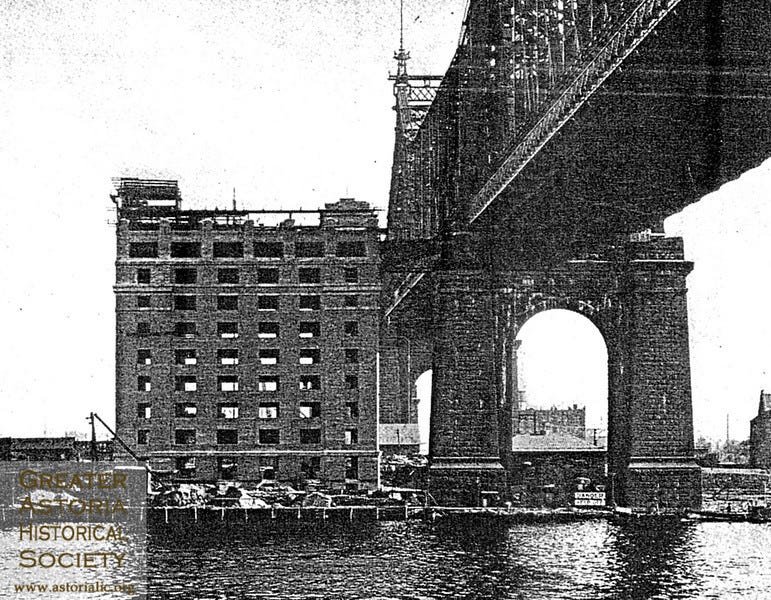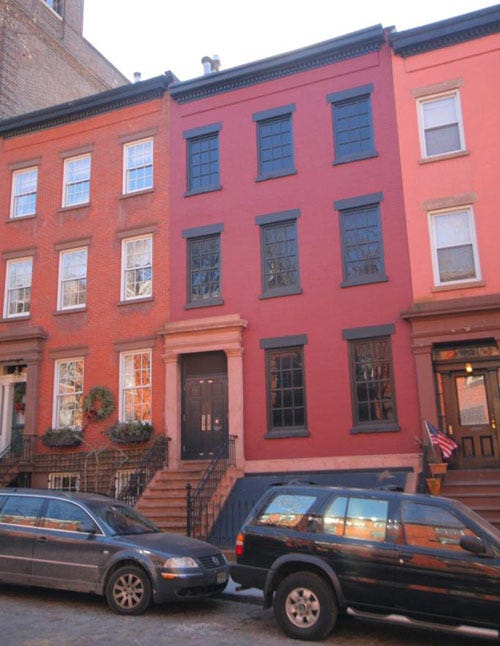Look Up
The Times peeked behind the curtain of a hidden New York institution this weekend, publishing a great essay about the firm of Day & Meyer, Murray & Young, which has spent about eighty years storing the weighty ephemera of urban socialites using an ingenious 11′-long steel container known as the Portovault:

An unassuming tower on Second Avenue acts as a warehouse for the Portovaults. The building can store over 500 of the one-ton units, which travel on rails via an elevator for on-location loading / unloading or for private inspection in the building’s basement. Better yet, the cost of entry is a mere $300 a month, enabling you to join the storied ranks of Upper East Side socialites and art collectors whose families have utilized the Portovault since the warehouse’s 1928 debut.
I have always had a soft spot for buildings that don’t quite do what you’d expect them to.
For instance! In the years before the Roosevelt Island Tram opened just north of the 59th Street Bridge, and prior to the opening of the Roosevelt Island subway station on the F line, and before direct access was established from Queens via the Roosevelt Island Bridge, the only way to get to Roosevelt Island was via the Storehouse Elevator:

The intrepid smallpox victim would get off the trolley at the middle of the bridge, and take the elevator down to ground level. Delightful! But the elevator was decommissioned after the trolley was discontinued in 1955, and the building was ultimately demolished in 1970.
And! In scenic Brooklyn Heights, you might notice a strange row house with dark windows, well-maintained but seemingly abandoned:

Turns out it’s owned by the MTA. The well-known but unconfirmed story is that this empty façade hides an emergency exit for various East River subway lines — but, for security reasons, the MTA refuses to acknowledge the building’s existence.
Shhh. It is a secret.

